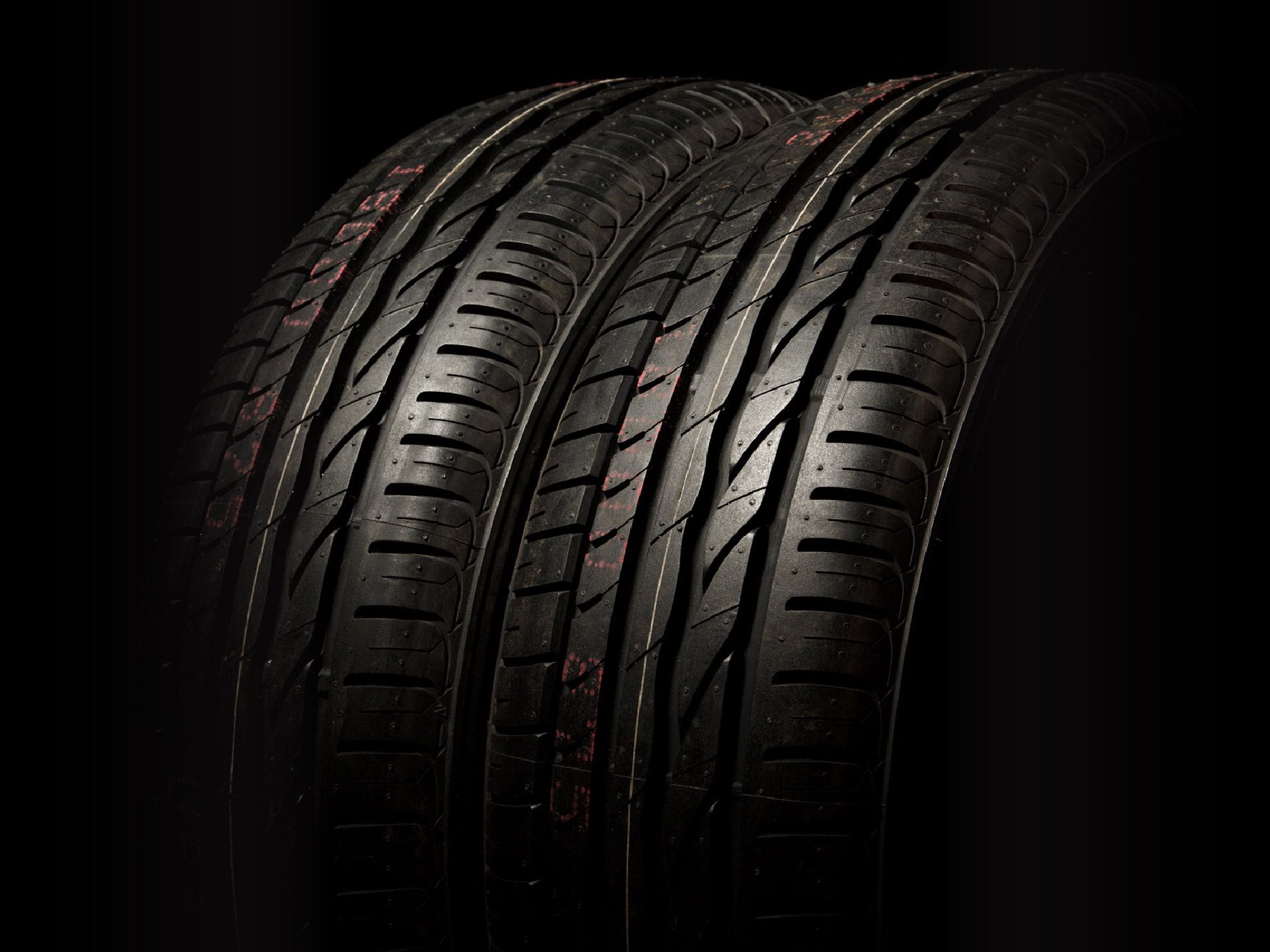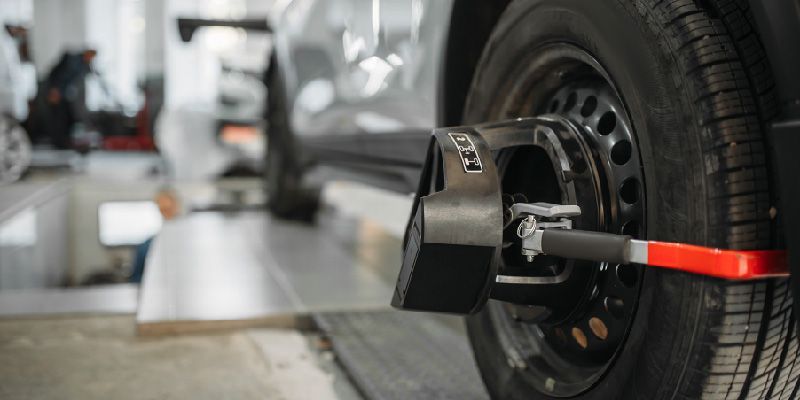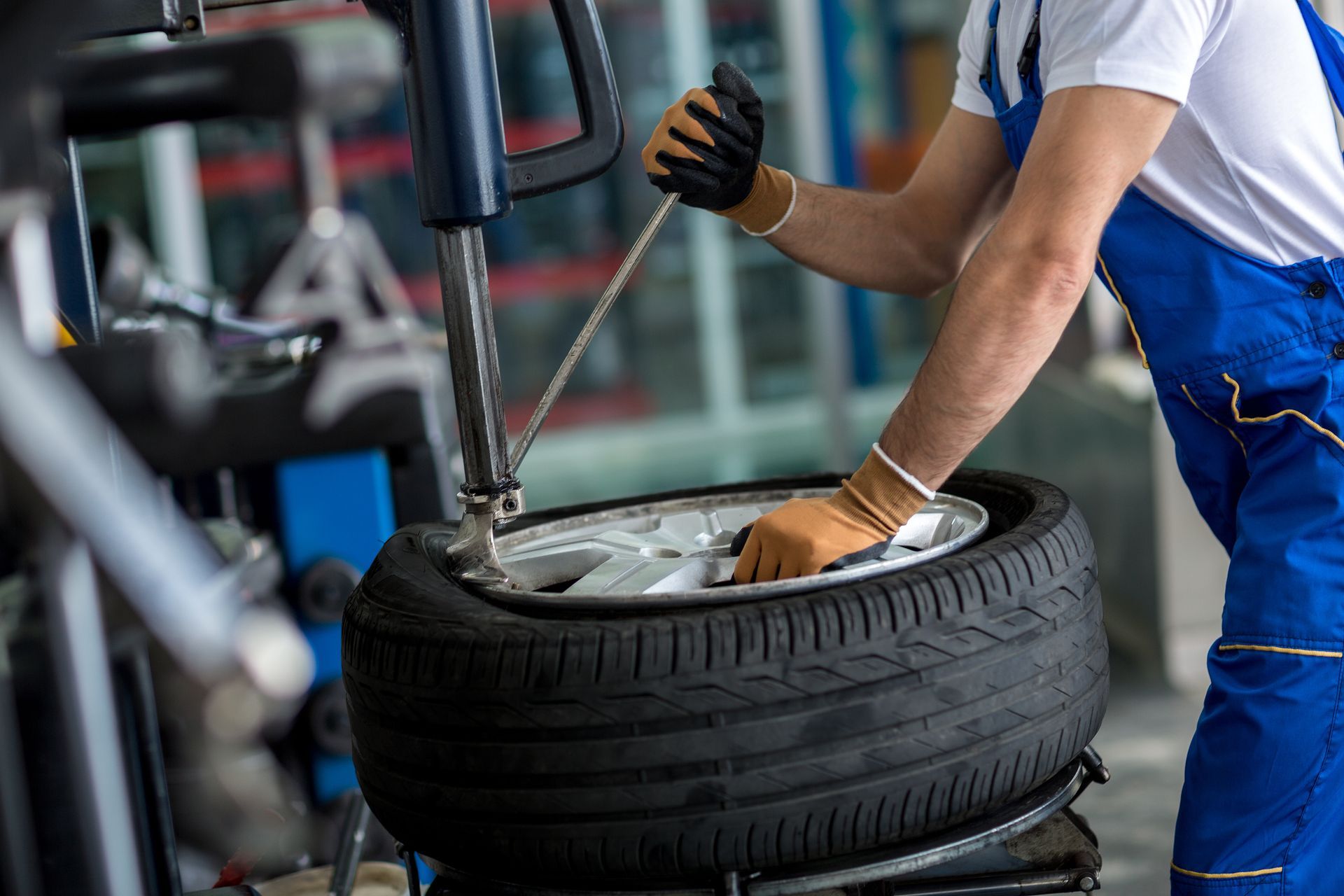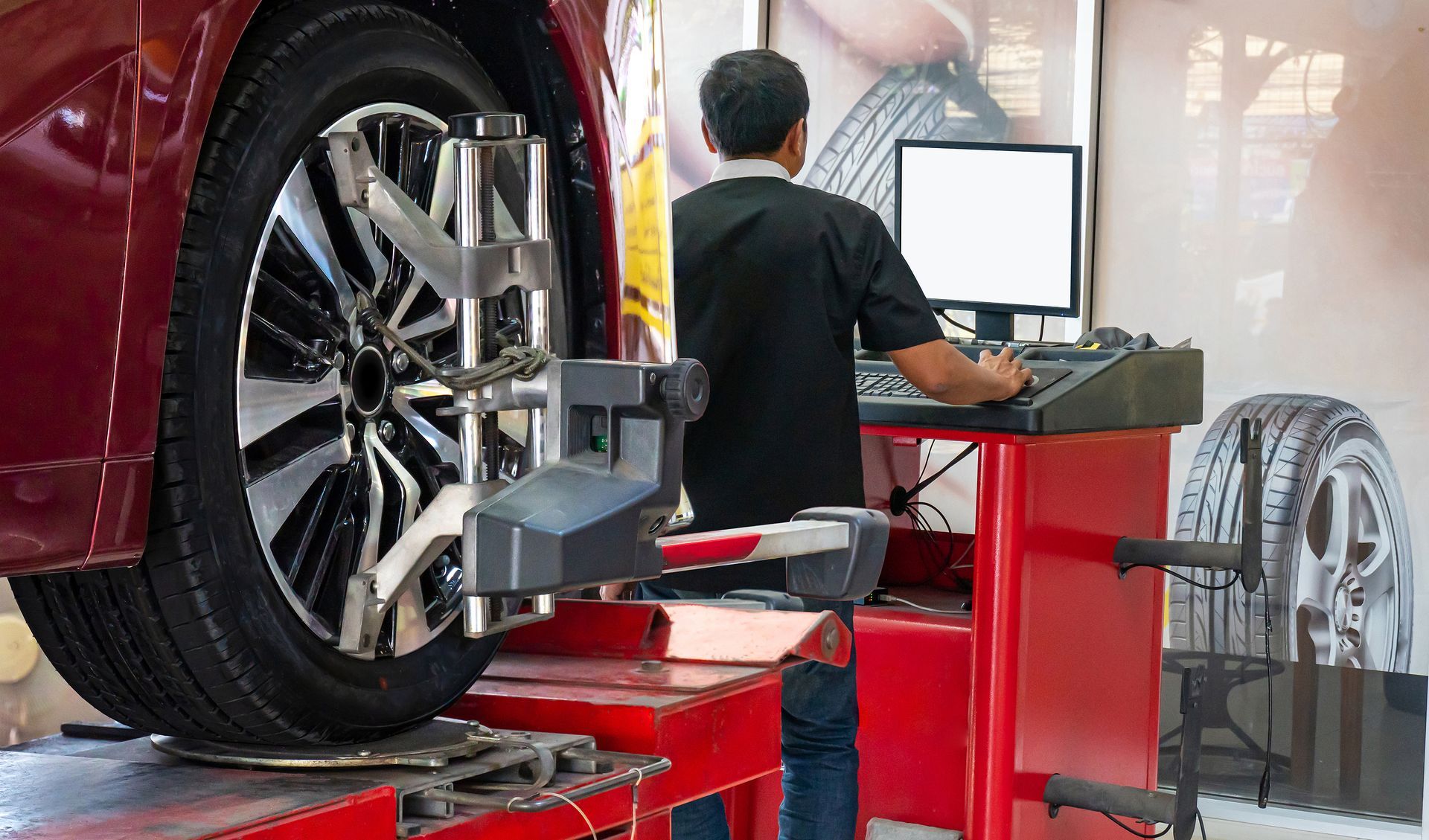Is it Time for a Tire Rotation?
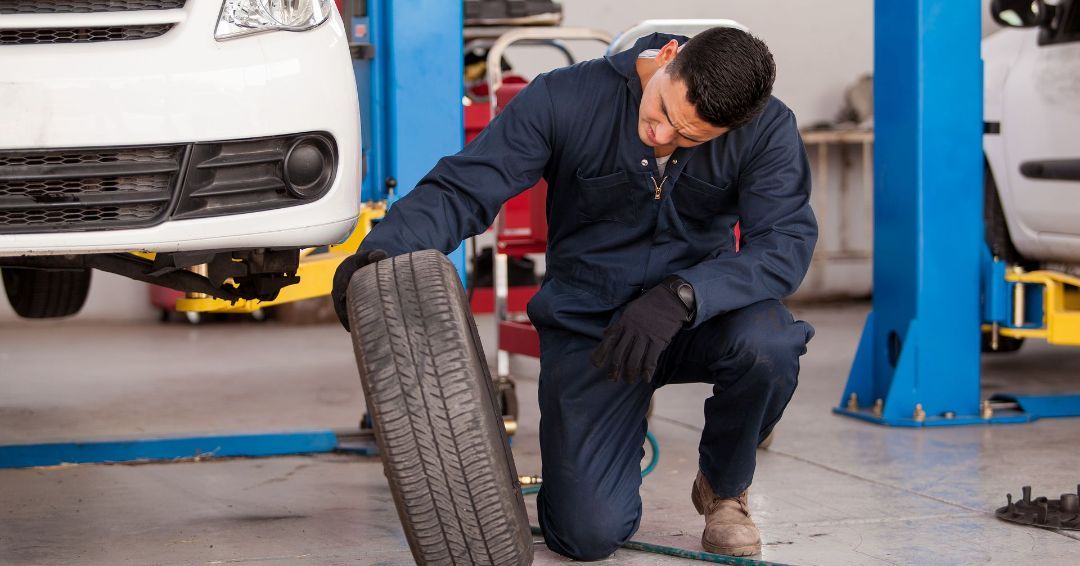
When it comes to vehicle maintenance, tire rotation is often overlooked. Yet, it plays a crucial role in extending the life of your tires.
Understanding the meaning of tire rotation and its benefits can save you money in the long run. It can also improve your vehicle's performance and safety.
But how often should you rotate your tires? What are the signs that it's time for a tire rotation? And what does tire rotation involve?
In this article, we'll answer these questions and more. We'll delve into the importance of tire rotation, the process, and its frequency.
Whether you're a seasoned driver or a new car owner, this guide will provide you with valuable insights into tire care. So, is it time for a tire rotation? Let's find out.
Understanding Tire Rotation and Its Importance
Tire rotation is a routine maintenance task that involves moving your vehicle's tires from one position to another. This process is not just about changing the tires' location. It's about ensuring even tire wear, which is crucial for balanced handling and extended tire life.
The process typically involves moving the front tires to the rear and vice versa. However, the pattern can vary depending on the type of vehicle, the tires, and the wear patterns.
Here are some key points to remember about tire rotation:
- It helps ensure even tire wear.
- It can extend the life of your tires.
- It can improve vehicle handling and fuel efficiency.
- It's a crucial part of a comprehensive tire maintenance plan.
Understanding the importance of tire rotation can help you maintain your vehicle's performance and safety. It can also save you money by preventing premature tire replacement.
What is Tire Rotation?
Tire rotation is the process of moving each tire to a different position on the vehicle. This can be from front to back, side to side, or even diagonally.
The goal is to ensure that all tires wear evenly and last longer. Uneven tire wear can lead to poor performance, reduced fuel efficiency, and even safety issues.
So, tire rotation is not just about moving tires around. It's a strategic process designed to maximize the life of your tires and enhance vehicle safety.
The Benefits of Regular Tire Rotation
Regular tire rotation offers several benefits. First, it promotes even tire wear, which can extend the life of your tires. This can save you money by delaying the need for new tires.
Second, it can improve your vehicle's performance. Even tire wear helps maintain balanced handling, which can make your vehicle easier and safer to drive.
Finally, regular tire rotation can improve fuel efficiency. Uneven tire wear can create drag that makes your engine work harder. By promoting even wear, tire rotation can help your vehicle run more efficiently.
Recognizing the Signs It's Time to Rotate Your Tires
Knowing when to rotate your tires is crucial for maintaining their performance and longevity. While the recommended frequency varies, a good rule of thumb is to rotate your tires every 5,000 to 7,500 miles. However, there are signs that may indicate a need for tire rotation sooner.
One common sign is uneven tire wear. This can be seen as more wear on one side of the tire than the other, or more wear on the front tires compared to the rear ones.
Another sign is vibration while driving, especially at high speeds. This could indicate uneven tire wear or balance issues, both of which can be addressed with tire rotation.
Identifying Uneven Wear Patterns
Uneven tire wear is a clear sign that it's time for a tire rotation. But how can you identify uneven wear patterns?
One method is the penny test. Insert a penny into your tire tread with Lincoln's head upside down. If you can see all of Lincoln's head, your tire tread is too worn.
Another method is visual inspection. Look for areas of your tire that are more worn than others. For example, if the outer edge of your tire is more worn than the center, it may be time for a rotation.
How Driving Habits Influence Tire Wear
Your driving habits can significantly influence tire wear. For instance, frequent short trips, aggressive driving, or driving on rough roads can lead to faster and more uneven tire wear.
If you often carry heavy loads, this can also cause your tires to wear more quickly. The extra weight puts more pressure on the tires, leading to faster wear.
Therefore, if your driving habits fall into these categories, you may need to rotate your tires more frequently to ensure even wear and prolong their life.
The Tire Rotation Process Explained
Tire rotation involves moving the tires to different positions on the vehicle. This helps to ensure even tire wear, which can extend the life of your tires and improve vehicle performance.
The specific pattern of tire rotation can vary depending on the type of vehicle and tires. For example, the rotation pattern for a front-wheel drive vehicle may differ from that of a rear-wheel drive vehicle.
Step-by-Step Guide to Tire Rotation
Here's a basic step-by-step guide to tire rotation. Remember, always refer to your vehicle's owner's manual for specific instructions.
- First, ensure the vehicle is in a safe and stable position. Use jack stands or wheel chocks to secure the vehicle.
- Remove the tires. Start with the front tires, then move to the rear.
- Check the tires for any signs of damage or excessive wear.
- Move the tires according to the appropriate rotation pattern for your vehicle.
- Reinstall the tires, making sure to tighten the lug nuts to the correct torque specification.
Dually Tire Rotation: Special Considerations
Dually tire rotation involves a different process due to the dual rear wheels. The front tires are typically rotated to the rear, while the rear tires are crossed to the opposite sides.
It's important to note that dually tire rotation should be done by a professional. This is due to the complexity of the process and the need for specialized equipment.
Tire Rotation Frequency: When and How Often
The frequency of tire rotation can depend on several factors. These include your driving habits, the type of vehicle, and the type of tires.
As a general rule, most experts recommend rotating your tires every 5,000 to 7,500 miles. However, this can vary.
For example, if you frequently drive on rough or uneven surfaces, you may need to rotate your tires more often. Similarly, certain types of tires, such as high-performance tires, may require more frequent rotation.
Checking Your Vehicle's Owner's Manual
Your vehicle's owner's manual is a valuable resource for tire rotation information. It will provide specific recommendations for your vehicle model.
Remember, adhering to the manufacturer's recommended tire rotation schedule can help maintain your vehicle's performance and extend the life of your tires.
Costs and Savings: Tire Rotation and Maintenance
The cost of tire rotation can vary based on location and service provider. On average, you can expect to pay between $20 and $50 for a professional tire rotation.
However, keep in mind that regular tire rotation can lead to significant savings in the long run. By evenly distributing wear, you can extend the life of your tires and avoid the cost of premature replacement.
Moreover, many service providers offer packages that combine tire rotation with other maintenance services, which can be a cost-effective option.
Oil Change and Tire Rotation Cost
Combining an oil change with a tire rotation can often lead to savings. Many auto service centers offer packages that include both services.
On average, you can expect to pay between $35 and $75 for an oil change and tire rotation package. However, prices can vary based on the type of oil used and the specific service provider.
Tire Rotation and Balance Cost
Tire balancing is another important aspect of tire maintenance. It ensures that the weight of the tire is evenly distributed around the axle.
The cost of tire rotation and balancing together typically ranges from $40 to $75. Again, prices can vary based on location and service provider. It's always a good idea to shop around and compare prices before choosing a service center.
DIY vs. Professional Tire Rotation
While it's possible to perform a tire rotation at home, it's not always the best option. DIY tire rotation requires a certain level of mechanical knowledge and the right tools.
Moreover, professional mechanics have the training and experience to spot potential issues that you might miss. They can check for uneven wear, damage, and other problems that could affect your vehicle's performance and safety.
In addition, professional tire rotation often includes balancing and alignment checks, which can be difficult to do accurately at home.
How Long Does a Tire Rotation Take?
The time it takes to rotate your tires can vary based on several factors. If you're doing it yourself, it might take an hour or two, especially if you're not very experienced.
On the other hand, a professional mechanic can usually complete a tire rotation in about 30 to 45 minutes. This includes the time it takes to lift the vehicle, remove and replace the tires, and perform any necessary checks or adjustments.
The Role of Professional Equipment
Professional tire rotation involves more than just swapping tires. Mechanics use specialized equipment to ensure that the job is done accurately and safely.
For example, they use torque wrenches to ensure that lug nuts are tightened to the correct specification. They also use balancing machines to check and adjust the balance of each tire.
Without this equipment, it's difficult to achieve the same level of precision at home. This is another reason why professional tire rotation is often the best choice.
Conclusion: Maintaining Tire Health
Regular tire rotation is a crucial part of maintaining your vehicle's health. It helps ensure even tire wear, improves vehicle handling, and extends the life of your tires.
Remember, whether you choose to do it yourself or hire a professional, the important thing is to make tire rotation a regular part of your vehicle maintenance routine.
